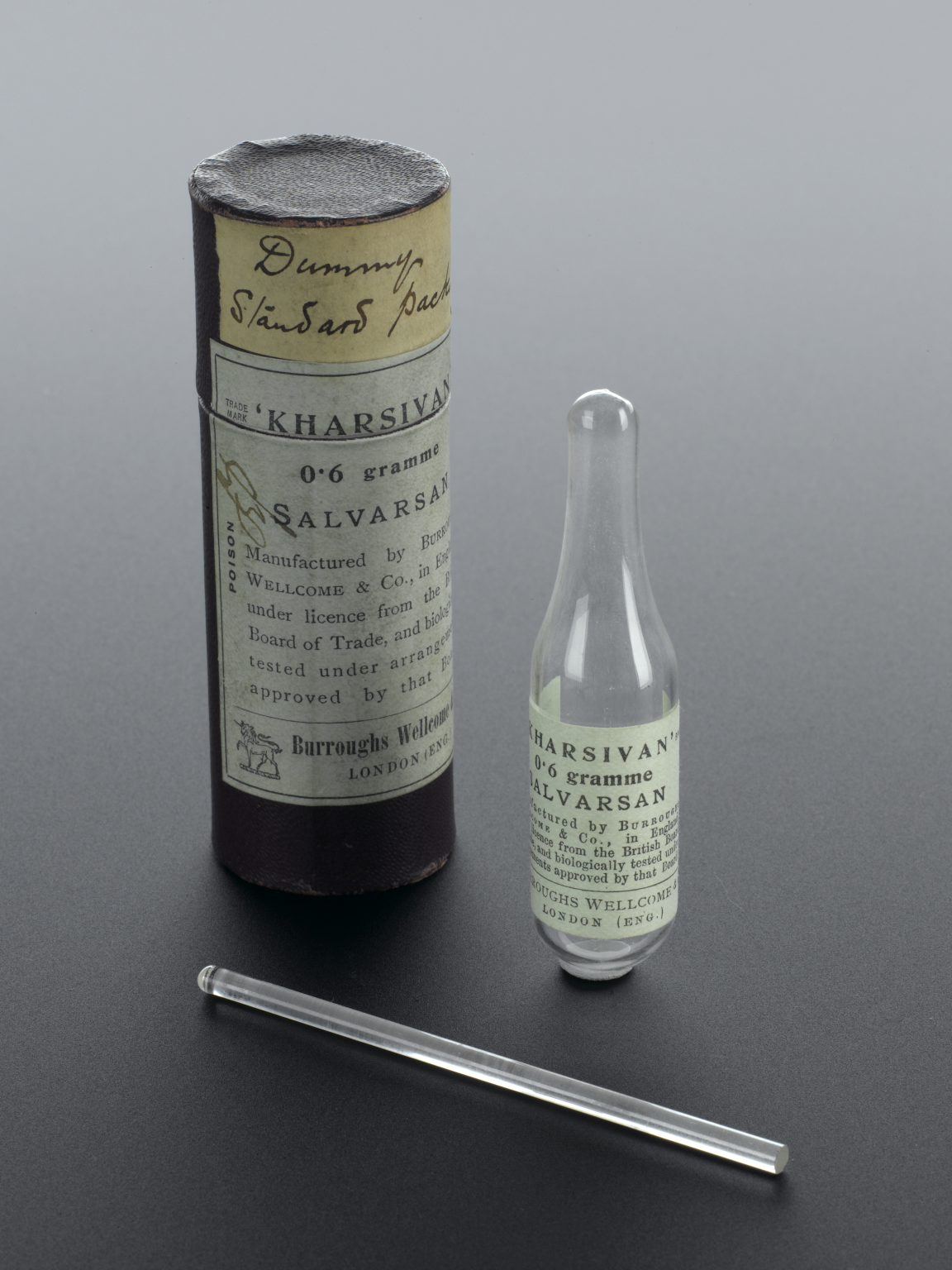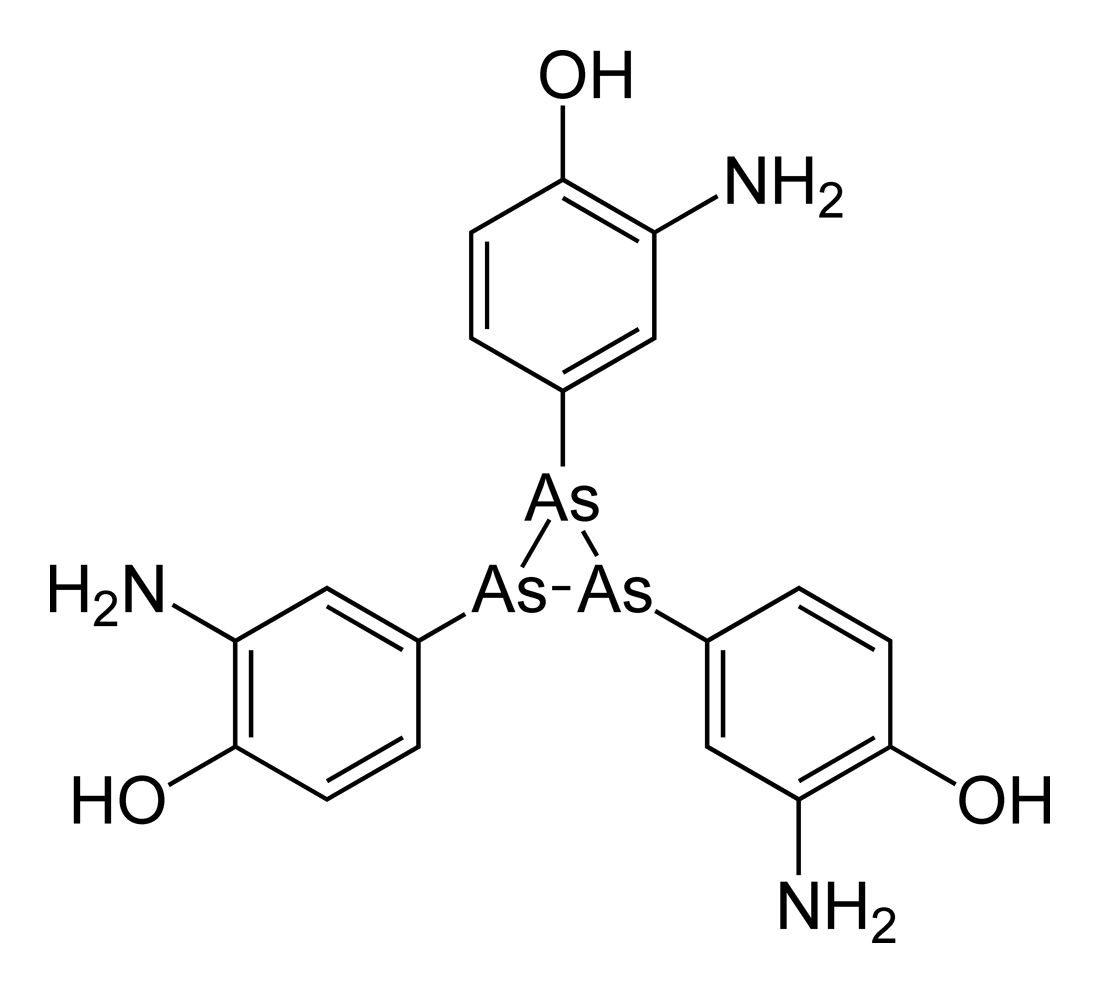1) First, thanks to earlier work from Robert Koch, Elhrich found that certain dyes could kill malaria and sleeping sickness germs.
2) Next, in 1905, the spriochete bacterium that caused syphilis was identified.
3) For many years arsenic and mercury had been used to treat syphilis (with varying success). The problem was that both aresnic and mercury are poisonous which meant there was a fine line between curing a person or killing them
4) Elhrich and his team decided to try and find an arsenic compound that would target the spirochetes without poisoning the rest of the body. This would be the first magic bullet for syphilis.
5) Elhrich and his team tested and experimented on over 600 compounds however none seemed to work.
6) In 1909, Dr. Sahachiro joined the team from Japan. He rechecked and looked over experiments done by Elhrich's team to find that the compound 606 was actually effective. This was the first magic bullet.
7) Compund 606 was first used on humans in 1911 under the trade name Salvarsan 606.
The Magic Bullet was so important because it was the one of the first treatments that cured disease (in this case syphillis) without causing any harm to human health.His discovery actually targeted the bacteria and did not just treat the symptons. Elhrich's discovery pointed the way towards antibacterial therapy in the future, the next magic bullet being discovered in 1931 by Gerhard Domagk.


The active ingredient in Salvarsan 606